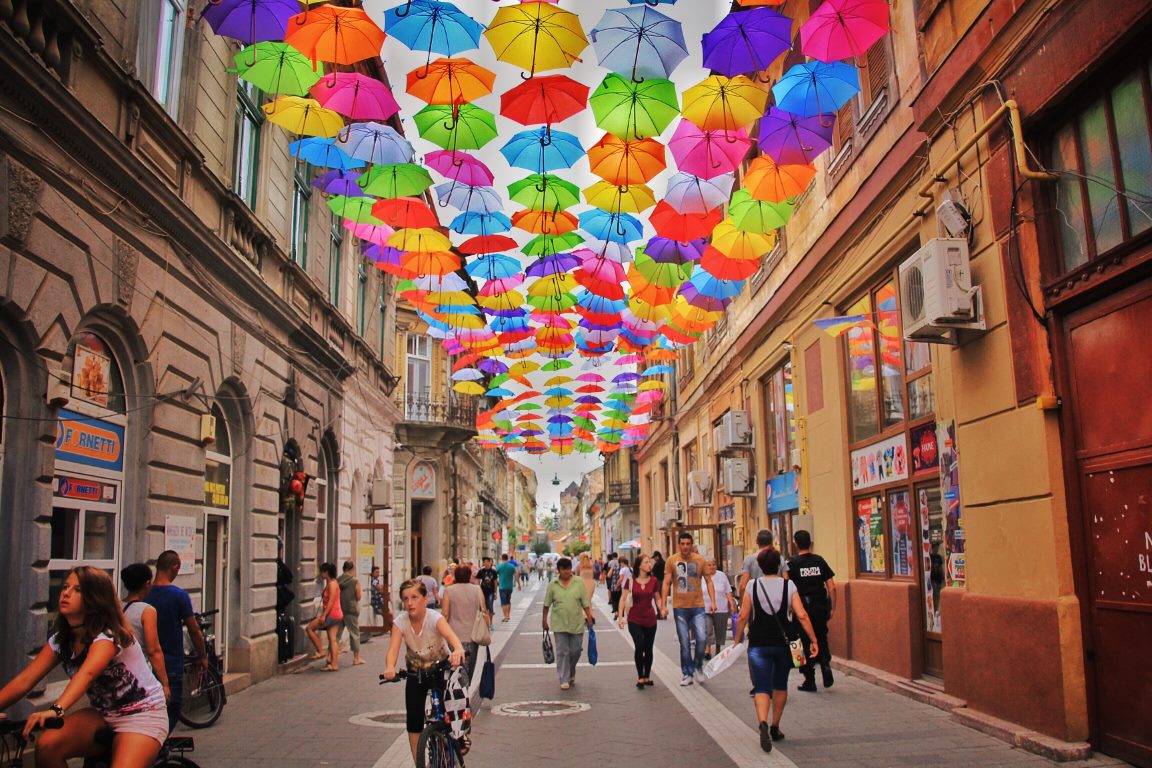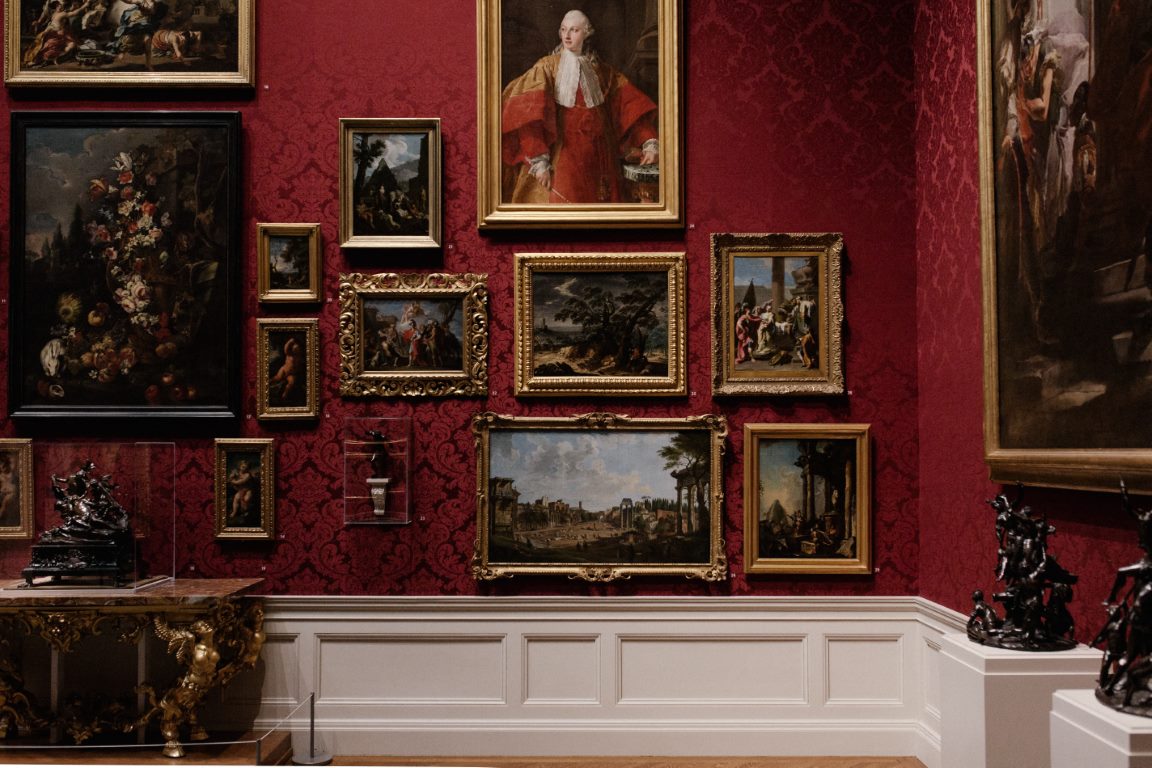How to Plan Your Kyoto Late Bird Tour
If you’re looking to experience the beauty and culture of Kyoto in a short amount of time, the Kyoto Late Bird Tour is perfect for you. This tour will take you to three of the most popular tourist attractions in Kyoto, as well as give you a chance to stroll through the historic Gion district. In this blog post, we’ll give you a step-by-step guide on how to plan your Kyoto Late Bird Tour.Step 1: Book Your Tour
The first step is to book your tour. You can book your Kyoto Late Bird Tour online at Viator, a third-party booking website. The tour costs $62 per person and includes a guide, food and drink, and transportation fare. The meeting point for the tour is Kyoto Station, and the tour begins at 2:00 PM. You can book the tour by clicking here.Step 2: Prepare for Your Tour
Before your tour, it’s important to prepare yourself for the sights and sounds you’ll experience. Here are a few things you should keep in mind:What to Wear
Make sure to wear comfortable shoes as you’ll be walking a lot during the tour. Kyoto can get hot and humid during the summer, so make sure to dress accordingly.What to Bring
Don’t forget to bring your camera and some extra yen for souvenirs. It’s also a good idea to bring a small backpack to carry your belongings.Meeting point
The meeting point for the tour is Kyoto Station. You should arrive at least 15 minutes before the tour starts.Step 3: Enjoy Your Tour
Now that you’re all set, it’s time to enjoy your Kyoto Late Bird Tour. Here’s what you can expect:Stop 1: Fushimi Inari-taisha Shrine
The first stop on the tour is Fushimi Inari-taisha Shrine, the most famous shrine in Kyoto. This shrine is known for its rows of torii gates that lead up to the top of the mountain. Your guide will give you some insight into the history and significance of Fushimi Inari-taisha Shrine, and you’ll have some time to explore on your own.Stop 2: Yasaka Pagoda
The next stop on the tour is Yasaka Pagoda, a well-preserved old wooden building located in the heart of Kyoto. You’ll have the opportunity to take some amazing photos of the pagoda and learn about its history.Stop 3: Kennin-ji Temple
The final stop on the tour is Kennin-ji Temple, the first zen temple in Kyoto. Your guide will take you through the temple and explain the history and traditions of zen Buddhism.Gion District
After the temple, the tour will take you through the historic Gion district, where you can get a glimpse of the traditional architecture and look out for geisha walking through the streets.Step 4: End of the Tour
The tour ends back at Kyoto Station, where you can take a train or bus back to your accommodation.Book Your Tour Now
Exploring Kyoto can be overwhelming, but the Kyoto Late Bird Tour makes it easy and enjoyable. Follow these steps to plan your tour and get ready for an unforgettable experience in one of Japan’s most beautiful cities.
Frequently Asked Questions about Kyoto
Kyoto is one of the most fascinating cities in Japan. Its rich culture, history, and stunning natural beauty attract millions of tourists every year. Whether you are planning a trip to Kyoto for the first time or you are a seasoned traveler, it’s normal to have some questions. Here are some frequently asked questions about Kyoto that will help you plan your trip better.1. When is the best time to visit Kyoto?
The best time to visit Kyoto is during the spring (March to May) and autumn (September to November) seasons. These seasons offer comfortable weather to explore the city’s numerous temples, parks and gardens, and other attractions. The autumn season is especially lovely as the foliage turns vibrant colors of red, orange, and yellow.2. How do I get from Tokyo to Kyoto?
The easiest and most convenient way to get from Tokyo to Kyoto is by taking the shinkansen (bullet train). The journey takes around 2.5 hours and costs between ¥13,080 and ¥14,450, depending on the type of train you take. Alternatively, you can take a domestic flight from Tokyo Haneda Airport to Osaka Itami Airport, which is about an hour from Kyoto by train.3. What are the must-visit places in Kyoto?
There are so many beautiful and historic places to see in Kyoto that it’s difficult to narrow down to just a few. However, here are some must-visit places in Kyoto that should be on your itinerary:- Kiyomizu-dera Temple
- Fushimi Inari-taisha Shrine
- Kinkaku-ji Temple (Golden Pavilion)
- Gion District
- Arashiyama Bamboo Grove
- Nijo Castle
- Philosopher’s Path
4. How long should I spend in Kyoto?
To see the main attractions in Kyoto, you should plan to spend at least three to four days. This will give you enough time to explore the city’s various temples, shrines, and other landmarks, as well as indulge in the local food and culture. However, if you have more time, you can spend up to a week in Kyoto and explore the city at a slower pace.5. What should I eat in Kyoto?
Kyoto has a rich culinary culture, with many traditional dishes that you should try during your visit. Here are some must-try dishes in Kyoto:- Kaiseki Ryori
- Okonomiyaki
- Matcha Desserts
- Soba Noodles
- Yuba (tofu skin)
- Takoyaki (octopus balls)
- Obanzai (Kyoto’s version of home-cooked dishes)
6. What are the customs and etiquette I should observe in Kyoto?
Kyoto is a city steeped in tradition and customs. Here are some essential customs and etiquette you should observe while in Kyoto:- Take off your shoes when entering homes or temples
- Bow to show respect or to apologize
- Respect personal space and avoid touching people or objects without permission
- Be punctual and avoid being late for meetings or appointments
- Do not eat or drink while walking in public
7. What is the best way to get around in Kyoto?
The best way to get around in Kyoto is by using public transportation. The city has an extensive bus and subway network that covers most of the major attractions. You can also rent a bicycle or a scooter to explore the city at your own pace. Taxis are also readily available, but they can be quite expensive.8. What are the best shopping areas in Kyoto?
Kyoto has several shopping areas that offer a glimpse into the city’s traditional and modern shopping culture. Here are some of the best shopping areas in Kyoto:- Teramachi Shopping Arcade
- Nishiki Market
- Shijo Dori Shopping Street
- Kyoto Station Building
- Sanjo Dori Shopping Street
9. Is it safe to visit Kyoto?
Kyoto is generally considered a safe city for tourists. However, like any other city, it’s important to take precautions and be mindful of your surroundings. Always keep an eye on your belongings, especially in crowded areas, and avoid going out alone at night.10. What is the currency used in Kyoto?
The currency used in Kyoto is the Japanese yen. Most shops and restaurants accept credit cards, but it’s always a good idea to carry some cash for small purchases or when visiting local establishments.Book Your Tour Now
Kyoto is a beautiful city that is rich in culture and history. Whether you are a first-time visitor or a seasoned traveler, there is something for everyone in Kyoto. By following these FAQs, you can plan your trip to Kyoto more effectively and have an enjoyable and memorable experience.
How to Spend Your Time as a Tourist in Kyoto
Kyoto, the former imperial capital of Japan, is a beautiful city with a rich history and culture. From its breathtaking temples and shrines to its delicious food and stunning natural scenery, there are plenty of things for tourists to see and do in Kyoto. If you’re planning a trip to this amazing city, here’s a step-by-step guide on how to spend your time in Kyoto.Step 1: Explore Kyoto’s Temples and Shrines
One of the main attractions in Kyoto is its temples and shrines. With over 2000 temples and shrines to choose from, you’ll never run out of places to explore. The following are some of the must-see temples and shrines in Kyoto:Kinkaku-ji (The Golden Pavilion)
Kinkaku-ji, also known as the Golden Pavilion, is one of the most famous temples in Kyoto. The temple is covered in gold leaf, making it a stunning sight to behold. Kinkaku-ji is located in northern Kyoto and can be easily accessed via bus or taxi.Fushimi Inari Shrine
Fushimi Inari Shrine is a beautiful shrine located at the base of Mount Inari. The shrine is known for its thousands of torii gates that line the hiking trails up the mountain. Fushimi Inari Shrine is located in southern Kyoto and can be accessed via train or bus.Kiyomizu-dera
Kiyomizu-dera is a must-visit temple in Kyoto. The temple is situated on a hill and offers stunning views of the city. Kiyomizu-dera is known for its wooden stage that extends out from the main hall. The temple can be accessed via bus, taxi, or a 30-minute walk from Kyoto Station.Step 2: Enjoy Kyoto’s Delicious Food
Kyoto is known for its delicious food, including traditional Japanese cuisine and local specialties. Some of the must-try dishes in Kyoto include:Kaiseki Ryori
Kaiseki Ryori is a traditional multi-course Japanese meal that features seasonal ingredients and beautiful presentation. There are many Kaiseki Ryori restaurants in Kyoto, so be sure to try one during your stay.Yudofu
Yudofu is a hot pot dish that features tofu, vegetables, and other ingredients cooked in a flavorful broth. Yudofu is a popular winter dish in Kyoto and can be found at many local restaurants.Matcha
Matcha is a powdered green tea that is famous in Kyoto. You can find matcha in various forms throughout the city, including in desserts, drinks, and even savory dishes like soba noodles.Step 3: Experience Kyoto’s Cultural Activities
Kyoto is a city rich in culture and history, and there are many cultural activities for tourists to enjoy. Some of the most popular cultural activities in Kyoto include:Tea Ceremony
The tea ceremony, also known as sado, is a traditional Japanese art that involves the ceremonial preparation and presentation of matcha. There are many tea ceremony experiences available in Kyoto, and it’s a great way to immerse yourself in Japanese culture.Kimono Rental
Wearing a kimono is a fun and unique way to experience Japanese culture. There are many kimono rental shops in Kyoto, and you can even have a professional photographer take photos of you in your kimono.Craft Workshops
Kyoto is known for its traditional crafts, and there are many workshops where you can learn how to make things like pottery, traditional Japanese fans, and even samurai swords.Step 4: Visit Kyoto’s Scenic Spots
Kyoto is known for its stunning natural scenery, including mountains, rivers, and gardens. Be sure to visit the following scenic spots in Kyoto:Arashiyama
Arashiyama is a beautiful district in western Kyoto known for its bamboo groves and scenic views. Be sure to take a stroll through the bamboo forest and ride the Sagano Romantic Train for stunning views of the area.Philosopher’s Path
Philosopher’s Path is a picturesque walking trail that runs alongside a canal in northern Kyoto. The path is lined with cherry blossom trees and is especially beautiful during the spring.Kibune and Kurama
Kibune and Kurama are two mountain villages in northern Kyoto that are worth a visit. The villages are located at the base of Mount Kurama and are home to beautiful shrines, hot springs, and hiking trails.Book Your Tour Now
Kyoto is a city that offers something for everyone. Whether you’re interested in exploring temples and shrines, enjoying delicious food, experiencing Japanese culture, or taking in the natural scenery, Kyoto has it all. By following this step-by-step guide, you can make the most out of your time as a tourist in Kyoto.Table of Contents

